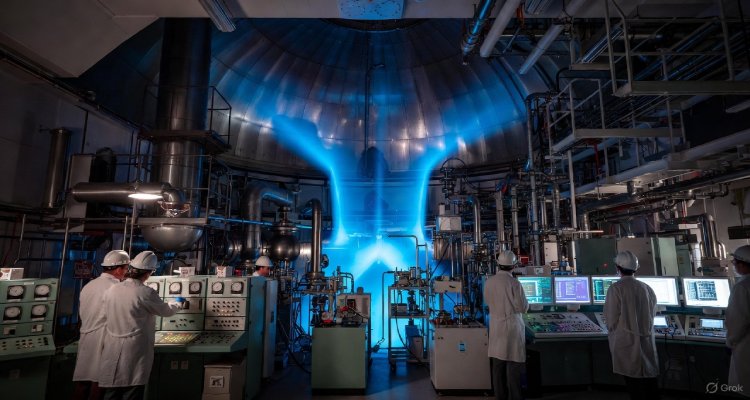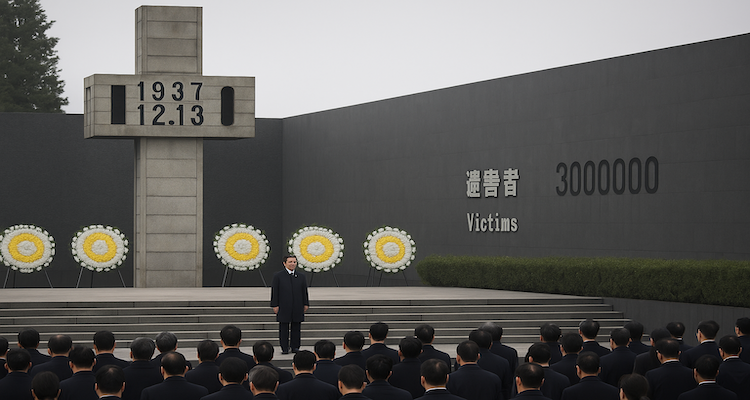Turkey’s Earthquake Recovery: Two Years On, Rebuilding Lags as Survivors Struggle
Two years after Turkey’s devastating earthquake, hundreds of thousands remain displaced as rebuilding efforts lag. Read more about the ongoing recovery challenges.
Two Years After Turkey’s Deadliest Earthquake, Rebuilding Struggles Continue
Two years after Turkey’s most devastating earthquake in modern history, hundreds of thousands of people remain displaced, struggling to rebuild their lives amid delayed reconstruction efforts. The 7.8-magnitude tremor on February 6, 2023, and its aftershocks left a path of destruction across 11 Turkish provinces and parts of northern Syria, killing over 55,000 people and injuring more than 107,000. Despite early government promises of swift rebuilding, thousands are still living in temporary housing, waiting for the homes they were assured.
Slow Progress in Rebuilding Efforts
The earthquake leveled entire towns, demolishing homes, hospitals, and historical landmarks, with Hatay, Kahramanmaras, and Adiyaman among the hardest-hit areas. In the aftermath, the government pledged to construct 650,000 homes, with Turkish President Tayyip Erdogan assuring that 319,000 would be delivered within a year. However, as of early 2025, only 201,431 independent units have been completed, far below initial targets.
Environment and Urbanization Minister Murat Kurum recently stated that $75 billion had been allocated for rebuilding efforts, claiming significant progress. Yet, many affected communities continue to live in makeshift conditions, and frustration is mounting among those who have yet to receive permanent housing.
Criticism from Opposition and Aid Organizations
Ozgur Ozel, leader of Turkey’s main opposition party CHP, criticized the slow pace of reconstruction, noting that only 30% of the promised homes have been built. In Hatay, the completion rate stands at just 18%, leaving thousands in limbo.
“Only three out of ten people who believed Erdogan’s promises now have homes. The rest remain in containers or rely on relatives,” Ozel stated during a recent speech. “How can they claim to have fulfilled their promises while so many are still living in temporary shelters?”
International relief organizations have echoed these concerns. The International Federation of Red Cross and Red Crescent Societies (IFRC) warned that millions in Turkey and Syria are still struggling to regain stability. The Hatay Earthquake Victims’ Association reported that over 400,000 people are still living in container camps, facing issues like inadequate sanitation, poor healthcare, and uncertainty over their future.
The Human Toll of Delayed Reconstruction
As rebuilding efforts lag, many earthquake survivors face long-term hardship. The slow pace of reconstruction threatens the social and economic fabric of affected regions, as displaced residents struggle to regain their livelihoods. Cities like Hatay, once vibrant cultural and commercial hubs, remain eerily empty, with businesses shuttered and entire neighborhoods reduced to rubble.
Experts warn that prolonged displacement could lead to depopulation in some areas, as families move elsewhere in search of stability. Aid groups have also raised alarms over potential health risks, such as asbestos exposure from unregulated demolitions and concerns over emergency land seizures.
Government Defends Recovery Efforts
Despite mounting criticism, the Turkish government maintains that its earthquake response is on track. Minister Kurum announced that an additional 423,000 homes and workplaces will be handed over to survivors by the end of 2025, with 584 billion Turkish lira ($19 billion) allocated for reconstruction.
Officials insist that recovery efforts are progressing as planned, but survivors and advocacy groups continue to call for faster action. The government’s ability to meet its revised targets will likely shape public opinion ahead of the next elections, as earthquake recovery remains a major political issue.
Looking Ahead: The Road to Full Recovery
While some progress has been made, Turkey’s earthquake recovery remains a long and challenging journey. The government must address housing shortages more effectively while ensuring that survivors receive adequate support. Meanwhile, international aid organizations stress the importance of sustained assistance, warning that without urgent intervention, the region’s economic and social stability could be at risk for years to come.
Two years after the disaster, the scars of Turkey’s deadliest earthquake remain visible in the daily struggles of its survivors. While rebuilding efforts continue, the slow pace of reconstruction has left many in limbo. As the government faces growing pressure to fulfill its promises, the coming months will be crucial in determining whether affected communities can finally return home or remain stuck in uncertainty.
Source: (Reuters)
Also Read: Panama Canal Dispute Escalates as Authority Rejects U.S. Claims











